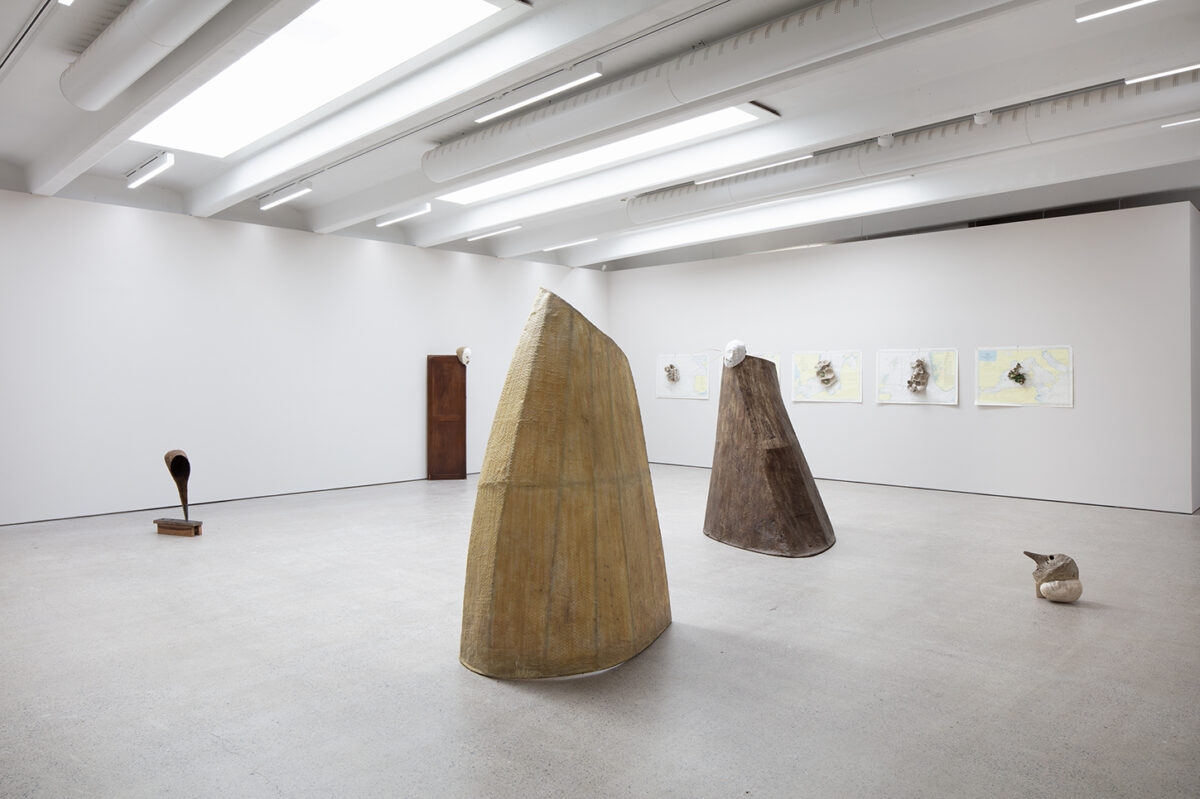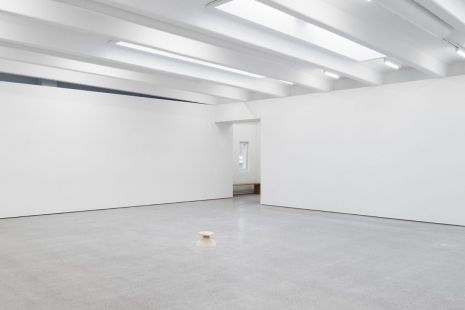Most of them could and should be characterised as drawings or sculptures. His very first exhibition, in the Polish town of Cieszyn in 1976, was titled ‘The First Four Drawing Series’ but already the next one, ‘Series XIII’ in Kraków two years later, contained works such as Unnamed Sculpture (1977, now destroyed).
Chlanda has also made various kinds of installations and longer-duration projects, such as his School of Utopia in Kraków in 2017–18, in collaboration with his son Marcin, and collaborated with other artists, like when he made the work Dzień dobry/Buenos días together with the Spanish choreographer and dancer Elizabeth Brodin in 1995.
About his art-making he has said this, touching on both drawing and sculpture: ‘It’s true that I’m absolutely in favour of materialism. I believe that everything can be expressed through matter. Yet, on the other hand, I know that the essence of art lies in mystery. Thus, all the material means can barely touch on these things… To tell you the truth, I don’t have it all down yet. I’m just giving signals.’2
Chlanda has had a long international career, exhibiting at the Paris Biennials of 1980 and 1982 and at the first Gwangju Biennial in Korea in 1995, teaching in Bergen in the mid-1980s and maintaining studios in cities like Barcelona, Copenhagen, Ghent or Paris at different times. It would be unfair to call him a well-kept secret of the Polish scene, but this is somehow how it feels. Hardly any of my Polish fellow curators have brought Chlanda up in conversation, and when I have insisted to ask about him their reaction has usually been something like ‘I see you’ve done really deep research here.’
This insistence comes from my own experience of stumbling over his work, quite literally. I first saw it 30 years ago, in the group exhibition ‘Where Is Abel, Thy Brother?’ curated by Anda Rottenberg at Zachęta in Warsaw. It was a floor piece that I almost walked into, containing at least one plaster or cardboard mask with a long, beak-like nose and at least a few goose or peacock feathers stripped down to their pens and glued together to form antennae that somehow illustrated lines of flight or thought. I can’t double-check this memory image, because Chlanda himself has no photograph of this lost work and couldn’t even recall its title when I asked him about it.





